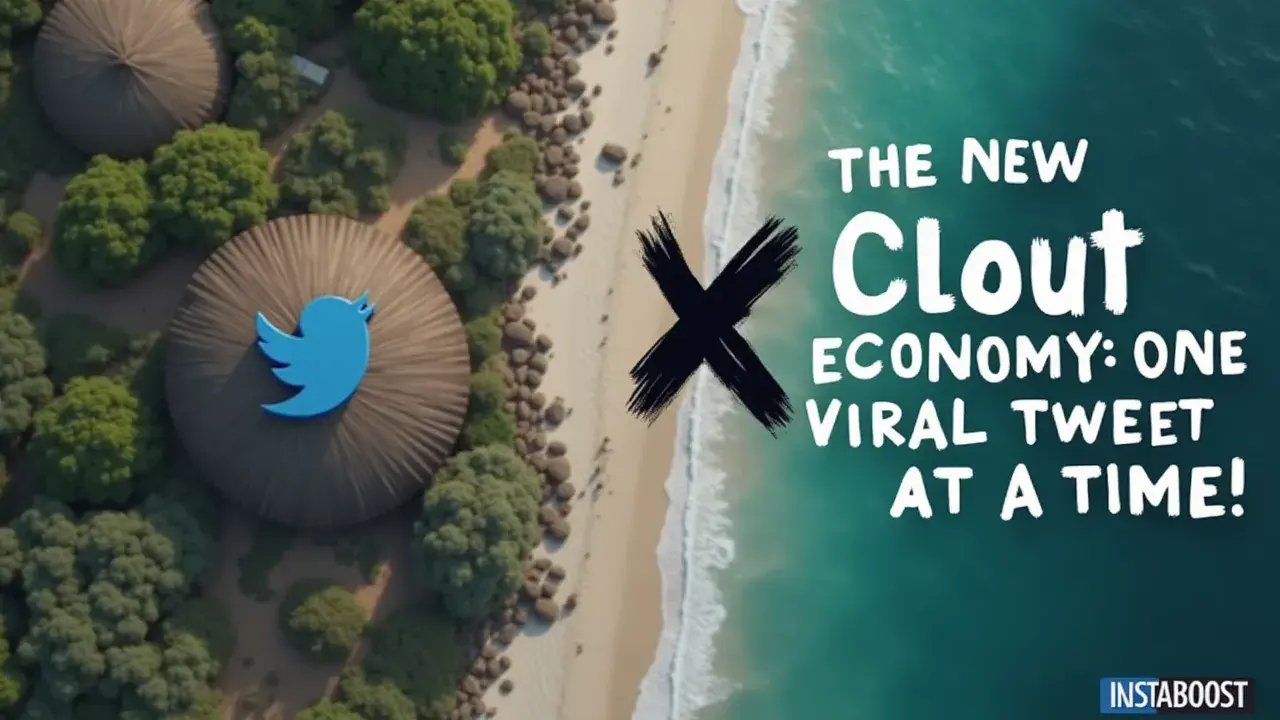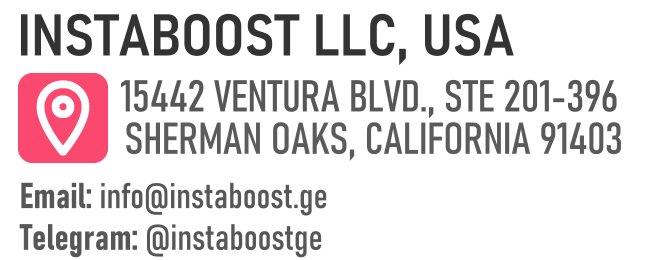Is the New Clout Economy Built One Viral Tweet at a Time?
A single viral tweet can catalyze influence, visibility, and rapid shifts in online power. Momentum emerges when timing, novelty, and audience resonance align, turning brief spikes in attention into broader opportunity. Results can be uneven if virality lacks relevance or follow-through, but strategic framing and engagement convert exposure into lasting impact. The smart path is to pair viral sparks with consistent value and clear next steps to compound gains.
When Influence Becomes a Public Scoreboard
Lately, I’ve been picking up on this strange kind of pressure among people trying to make something of themselves online. It comes up all the time when I talk with creators, freelancers, and even those who keep their ambitions to themselves but still watch their “impressions” as closely as their actual earnings. On the surface, viral posts look disposable – like background noise or a bit of fun – but I’ve started to realize those bursts of numbers carry real weight.
They can shape who people listen to, sometimes more than genuine expertise does. What’s easy to overlook is how credibility now feels like something you have to keep proving, and it’s often tied to public reactions rather than what you’re actually bringing to the table. I’ve seen someone’s whole career change because of one well-timed thread, while someone else gets pushed out of the conversation after a single post goes sideways. Even the usual calls to “like” or “retweet” seem less about actual connection and more about teaching the algorithms who to put in front of everyone next. There are whole services promising fast-track growth on X, but even with all these tools, there isn’t a formula that works every time.
It’s more like a moving target, where looking popular ends up mattering almost as much as having something to say. If you really want to get a sense of how all this works, you have to look past the numbers and start noticing how the race for attention is quietly shifting what authority even means anymore – though I’m still not sure where that leaves the rest of us.

Sequence Over Scale: How Credibility Gets Made Online
I used to think the trick was to reach as many people as possible, that if you could rack up enough followers or get your post in front of a big enough crowd, you’d have it made. But when I look at what actually works – and after talking to a few people who’ve managed to get their stuff noticed – it seems like it’s more about when and how you do things than how many see it.
Sometimes you’ll see a tweet or a post blow up out of nowhere, and it doesn’t always make sense why that one works. It isn’t always the big accounts, or the ones who post the most. Even with tools people use to boost their numbers, like X audience builder, sometimes it still comes down to lining things up in the right order or hitting the right moment, and suddenly what you’re sharing gets picked up by the people who matter for what you care about.
Sometimes you’ll see a tweet or a post blow up out of nowhere, and it doesn’t always make sense why that one works. It isn’t always the big accounts, or the ones who post the most. Even with tools people use to boost their numbers, like X audience builder, sometimes it still comes down to lining things up in the right order or hitting the right moment, and suddenly what you’re sharing gets picked up by the people who matter for what you care about.
It’s not only about getting a spike of attention, but about being seen by someone who can actually open a door or start a conversation. When that happens, even small posts can build into something bigger – not because you were trying to go viral, but because the timing connected. I think the real measure isn’t how many people notice you, but whether the right people understand what you’re trying to do. And lately I keep noticing that it’s these small patterns that change how people get recognized, or who ends up being taken seriously, even if it looks random from the outside. It makes me pay more attention to the little things that build up over time, and wonder what I’m missing when all I see is the loudest voice in the room.
Beyond the Funnel: Reimagining Influence
Lately, I’ve stopped worrying so much about building perfect funnels and started thinking more about the frameworks behind what I’m doing. Most of the advice out there, especially in the so-called “clout economy,” seems to focus on getting as much attention as quickly as possible – jumping on trends, tweaking headlines, setting up step-by-step pipelines for conversions. I’m realizing that this approach might miss what really matters. You can’t earn actual credibility in the same way you chase clicks or likes. Funnels are useful if you want people to follow a clear, narrow path, but real influence – especially the kind that sticks around – doesn’t work that way.
Trust builds over time, when people can see your process, your reasoning, and even your missteps. It’s transparent, not polished. The people I’ve seen find their footing online, not just with a one-off viral hit but over the long haul, don’t seem preoccupied with squeezing value from every interaction.
Some of them, I’ve noticed, might even use a tool to boost engagement on X, yet what stands out is how they’re more focused on keeping conversations going, letting things unfold and shift naturally. That’s why I think frameworks end up being more important than funnels. Frameworks give you the flexibility to adjust when things change, whether it’s the numbers, the algorithm, or even your own ideas. They make space for growth and learning, which feels more honest – and in the end, that’s how you keep people interested, whether you’re working solo or using something like INSTABOOST.
Redefining What Progress Looks Like
People call it “growth,” but if I’m honest, it often feels like I’m going in circles. All the talk around follower counts and analytics makes it seem like numbers are everything, like a dip in engagement is a sign you’re doing something wrong. But the more I pay attention, the more I notice that real trust and credibility don’t show up in the stats.
Lately, I’ve been trying to focus on work that actually matters to me and sharing it with people who notice, even if there aren’t that many at first. There’s something quieter and steadier about this way of doing things – you start to see the people who stick around, who ask questions, who share your work because it meant something to them. That kind of support isn’t flashy, but it feels solid.
I’m not saying visibility doesn’t matter, and I get why people use things like INSTABOOST to help their work reach a wider audience – sometimes it’s just about wanting to enhance tweets with views in a space where attention is fleeting. Still, I think it makes a difference to care more about what you’re making and who you’re making it for, instead of trying to win the numbers game every day. It’s less about chasing momentum, more about paying attention to what actually feels real.
Maybe Clout Isn’t the Endgame
You’ve landed here, and what happens next is up to you. There’s this idea online that if you catch the right wave and go viral, everything will fall into place. It’s easy to get caught up in chasing that – watching the numbers tick up, trying to figure out what the algorithm wants, and feeling like a surge of likes or shares means you’re doing something right.
But looking back, the moments that seem important aren’t always the loudest ones. Getting attention feels good, but it fades quickly. What sticks around is the slow, steady work: showing up again, figuring out what you actually care about, and building something people can trust. It’s common to believe that momentum will carry you if you just get enough eyes on what you’re doing, but when you look at people who last, their success doesn’t usually come from one big moment.
More often, they’re consistent. They keep showing up, even when things are quiet. They make space for people to join in, not just watch from a distance. Sometimes you notice these little surges – a feature here, a mention there, maybe even bulk retweet orders X quietly boosting a post – but after that, it’s about how you use the attention. Most of what matters happens after the spike is over, in the conversations that aren’t public, and in the choices you make when no one’s watching. In a world that celebrates numbers, it’s easy to forget how influence actually grows – usually, it’s in the small interactions, the replies, the way you treat people when the trend has moved on.
Why We Misread Viral Influence
I keep thinking about how people talk about online influence, and it seems easy to get the wrong idea about what it actually is. There’s a lot of focus on viral posts, quick spikes in followers, or trending moments, as if those are the main signs that someone has real pull online. But when I look at how creators and companies try to stay relevant, I notice they often think that a rush of attention means they’ve made it.
In reality, going viral doesn’t mean much if there’s not something solid behind it. I’ve seen plenty of people rack up big numbers, but then realize that attention doesn’t lead to trust or a good reputation on its own. What changes things isn’t who gets a lot of likes once in a while – it’s how quickly people figure out who’s just visible and who actually knows what they’re talking about. There are all these tools, like INSTABOOST, that can get your stuff in front of more eyes, or X growth packages that promise a bigger audience, but that reach only matters if what you’re sharing holds up when people pay closer attention.
Most of the time, the clout economy seems to come down to how you manage what people think about you, though that’s not something anyone likes to admit. When I look at it, lasting influence isn’t really about having one big moment – it has more to do with whether people keep paying attention after the excitement has faded, and that’s not something you can really sum up in a chart.















